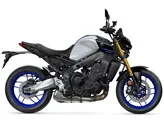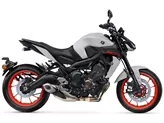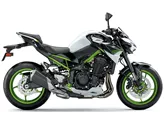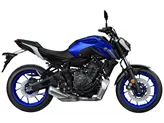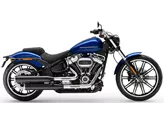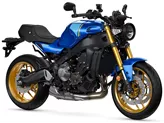Yamaha MT-09 2018 vs. Kawasaki Z900 70kW 2020
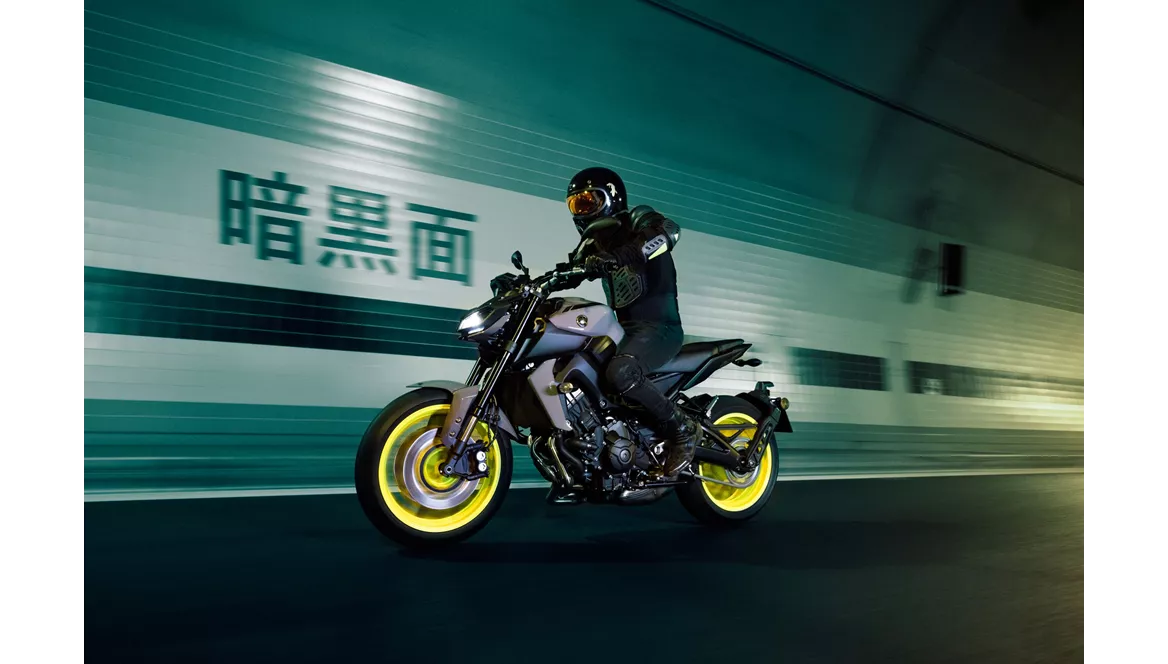
Yamaha MT-09 2018
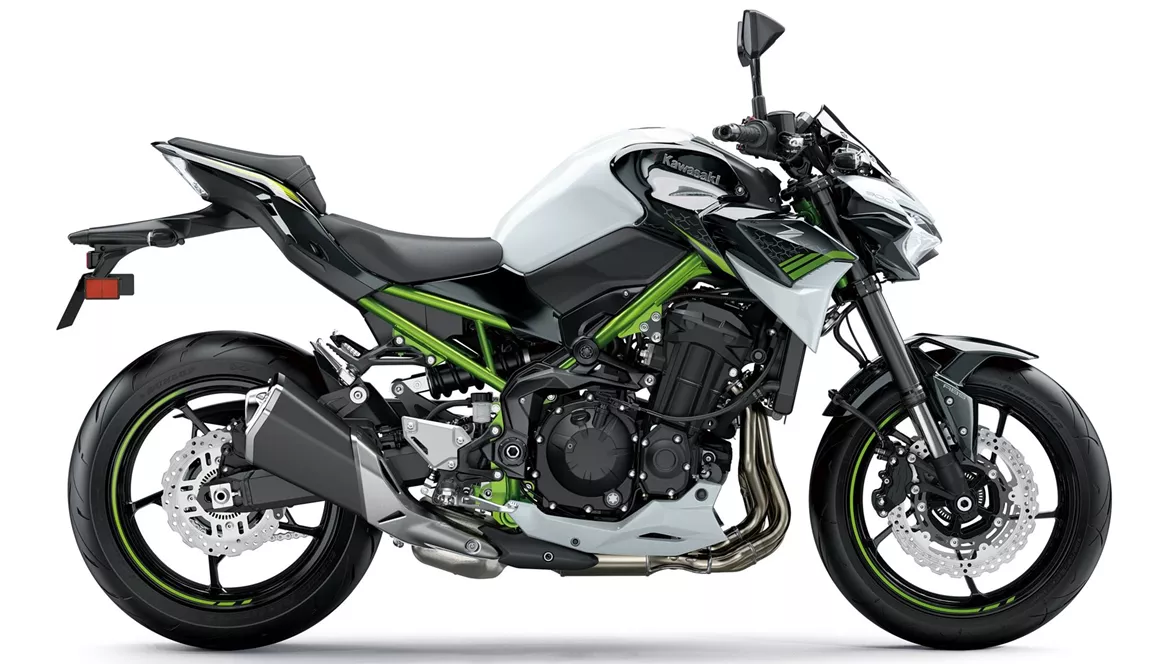
Kawasaki Z900 70kW 2020
Overview - Yamaha MT-09 2018 vs Kawasaki Z900 70kW 2020
The Yamaha MT-09 2018 and the Kawasaki Z900 70kW 2020 are both popular naked bikes in the mid-range segment. While they share some similarities in terms of engine type, suspension, and tire dimensions, there are also notable differences between the two models.
In terms of engine power, the Yamaha MT-09 2018 has a clear advantage with 115 horsepower compared to the Kawasaki Z900 70kW 2020's 95 horsepower. This makes the MT-09 more powerful and provides a thrilling riding experience. However, the Z900 still offers enough power, especially with its responsive throttle.
Both bikes have fuel injection systems and liquid cooling, ensuring efficient and reliable performance. The Yamaha MT-09 has a 3-cylinder engine with a displacement of 847ccm, while the Kawasaki Z900 has a 4-cylinder engine with a displacement of 948ccm. The MT-09's engine feels incredibly powerful, while the Z900 offers a good balance of power and fuel efficiency.

Yamaha MT-09 2018
In terms of suspension, both bikes feature upside-down telescopic forks at the front and swing arm suspension with a monoshock at the rear. This setup provides good stability and handling for both models. The chassis of the Yamaha MT-09 is made of aluminum and has a twin tube frame, while the Kawasaki Z900 has a steel frame with a double cradle design. This difference in frame material and design may contribute to variations in weight and handling characteristics.
Both bikes have double disk brakes at the front with similar diameters, ensuring reliable stopping power. The Yamaha MT-09 weighs 193 kg with ABS, while the Kawasaki Z900 weighs slightly more at 210 kg with ABS. The Yamaha MT-09 has a slightly shorter wheelbase of 1440 mm compared to the Z900's 1450 mm, which may affect maneuverability.
In terms of rider assistance systems, both bikes are equipped with ABS and traction control. The Yamaha MT-09 also features a quickshifter, which allows for seamless gear changes without using the clutch. The Kawasaki Z900, on the other hand, offers additional advanced rider assistance systems such as riding modes and ride by wire, which enhance the overall riding experience.
In terms of dimensions, both bikes have the same tire widths and diameters for the front and rear wheels. The Yamaha MT-09 has a seat height of 815 mm, while the Kawasaki Z900 has a slightly lower seat height of 795 mm. This may make the Z900 more accessible for riders with shorter inseams.

Kawasaki Z900 70kW 2020
In terms of strengths, the Yamaha MT-09 2018 is praised for its perfect harmony between optics and character, smooth wheels, lively handling, and comfortable seating position even for tall riders. The engine is also highly regarded for its incredible power. On the other hand, the Kawasaki Z900 70kW 2020 is praised for its sufficient power, great handling, good equipment, aggressive look, and value for money.
However, the Yamaha MT-09 2018 does have some weaknesses. It can be exhausting to ride briskly, and it requires more riding skills compared to other naked bikes in the mid-range. The feeling for traction on the rear wheel is also not as great, and there may be a lack of precision in certain aspects of the bike. The Kawasaki Z900 70kW 2020, on the other hand, has some minor weaknesses such as tiring menu navigation and the absence of a quickshifter option.
Overall, both the Yamaha MT-09 2018 and the Kawasaki Z900 70kW 2020 offer exciting riding experiences with their powerful engines, good handling, and advanced rider assistance systems. The choice between the two ultimately depends on individual preferences and priorities, such as power, handling, equipment, and aesthetics.
Technical Specifications Yamaha MT-09 2018 compared to Kawasaki Z900 70kW 2020
Pros and Cons in comparison
Pros and Cons in comparison
Yamaha MT-09 2018
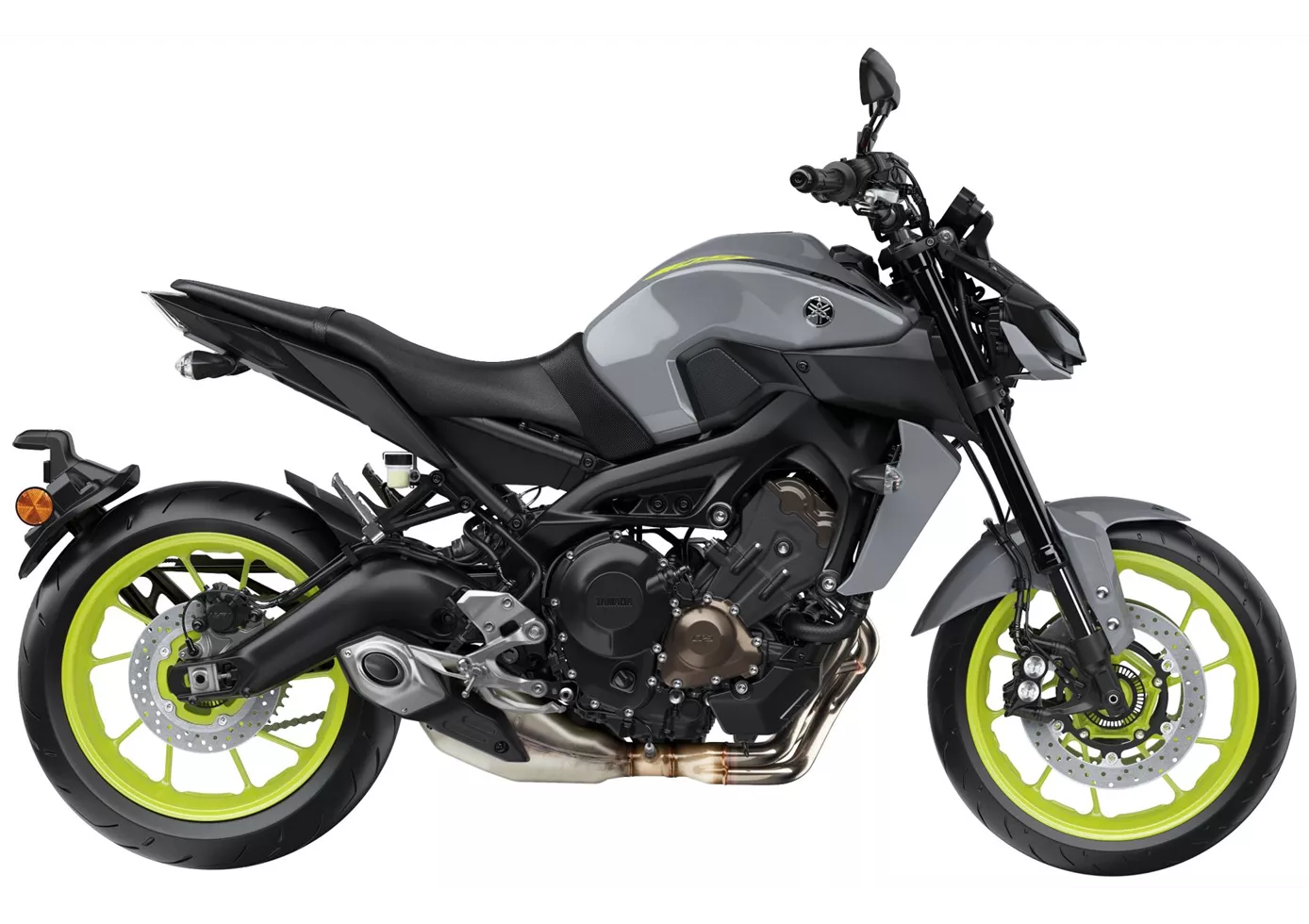
Une moto cohérente où tout s'accorde. La moto tient les promesses de son apparence. De la haute technologie, du charisme et beaucoup d'adrénaline. C'est un mélange de supermotard, de nakedbike et de streetfighter et elle aime être utilisée de manière déraisonnable. Une moto d'enfer. Ce n'est qu'en comparaison avec la MT-09 SP que l'on commence à regretter un châssis de qualité.
Kawasaki Z900 70kW 2020
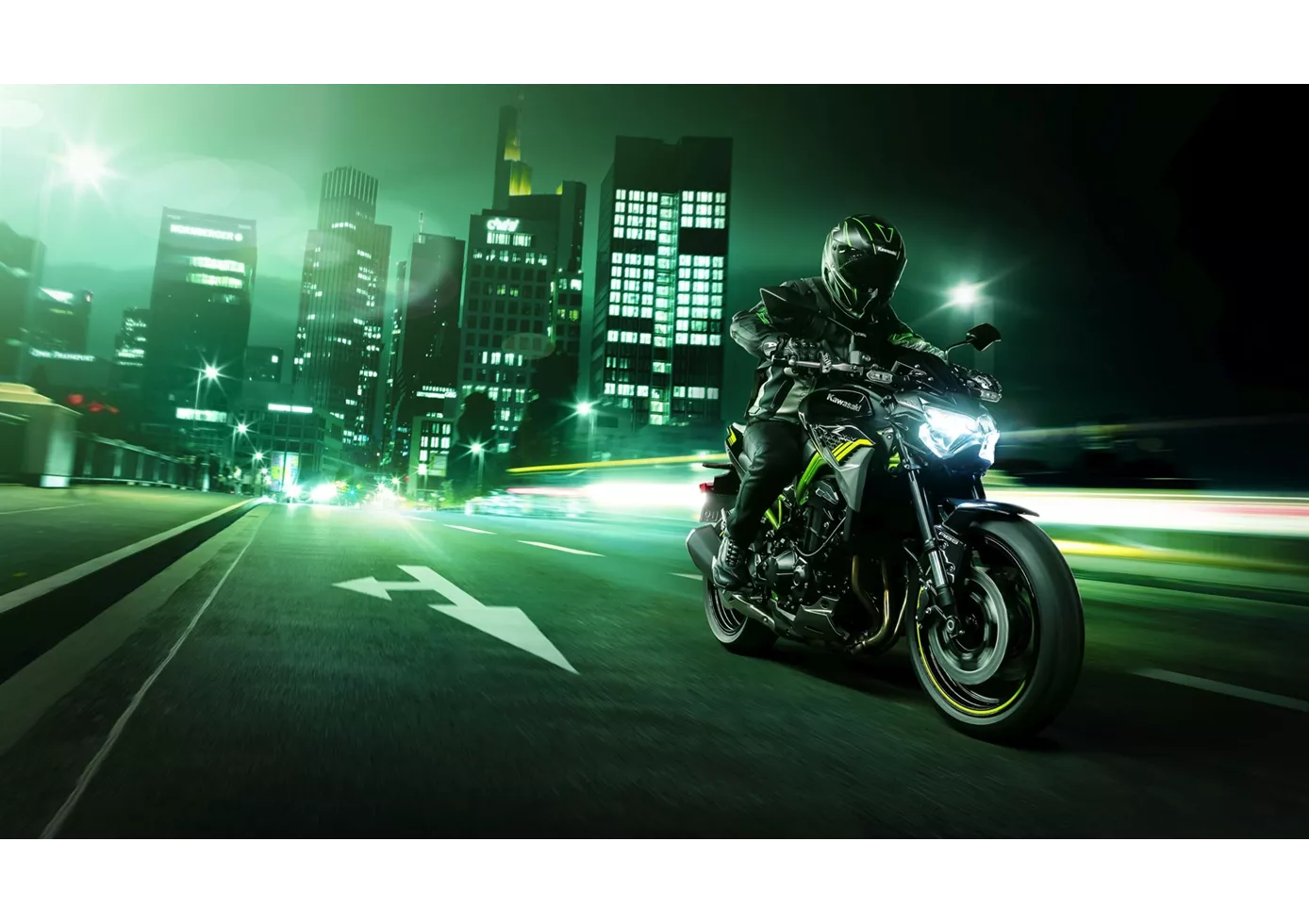
Qu'on la conduise avec 70 kW, ou dans une version encore plus restreinte de 35 kW : La Kawasaki Z900 est à la hauteur de sa version ouverte, mais avec moins de puissance. C'est pourquoi on peut se réjouir de la superbe performance de conduite et du pack électronique mis à jour pour 2020. Le moteur est également une bonne nouvelle. Même avec 95 ch, la Kawa tire fermement sur la chaîne et donnera du plaisir pendant de nombreuses saisons ! Une moto avec laquelle on peut grandir !
Price Comparison Avarage Market Price Yamaha MT-09 vs Kawasaki Z900 70kW
There are a few key differences between a Yamaha MT-09 2018 and a Kawasaki Z900 70kW 2020. In terms of price, the actual average prices of both motorbikes are almost the same. Compared to Kawasaki Z900 70kW 2020 there are more Yamaha MT-09 2018 bikes available on the 1000PS.de Marketplace, specifically 15 compared to 5. It takes less time to sell a Yamaha MT-09 with 72 days compared to 197 days for a Kawasaki Z900 70kW. Since model year 2013 1000PS.de editors have written 57 reviews for the Yamaha MT-09 and 10 reviews for the Kawasaki Z900 70kW since model year 2018. The first review for the Yamaha MT-09 was published on 6/10/2013 and now has more than 39,900 views. This compares to more than 104,300 views for the first review on Kawasaki Z900 70kW published on 11/23/2018.


